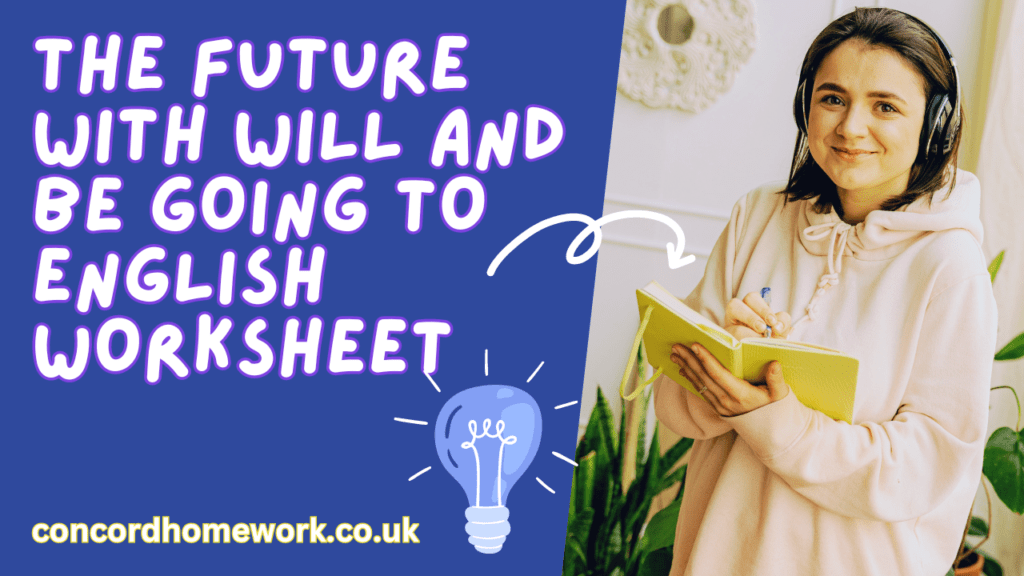What s going to happen?
a.Look at the pictures. What’s going to happen?
Make sentences with is/are going to + verb.
Choose the correct torm of the verb.
Offers and decisions
c. Look at the pictures. What are the people
saying? Make sentences with will.
This worksheet is about practicing the future with Will and Be going to. Students read and answer the questions. The worksheet has an answer key.
The Future with “Will” and “Be Going To”
Both “will” and “be going to” are used to express future actions or events. However, they have distinct nuances. Let’s delve into their differences and similarities:
| Aspect | “Will” | “Be Going To” |
|---|---|---|
| Usage | – Used for spontaneous decisions made at the moment of speaking. – Also used for general predictions (less probable or based on personal judgment). | – Used for plans or intentions decided before the moment of speaking. – Indicates a near future that seems sure to happen. |
| Formation | – Use the modal verb “will” + base form of the main verb. – No change for regular or irregular verbs. | – Use the phrase “be going to” + base form of the main verb. – No change for regular or irregular verbs. |
| Examples | – I’ll do it after dinner. (spontaneous decision) – I’ll wear my green shirt. (general prediction) – I’ll buy some milk. (spontaneous decision) | – I’m going to phone Mum after dinner. (pre-decided plan) – I’m going to wear my black dress tonight. (pre-decided plan) – I’m going to the supermarket after work. (pre-decided arrangement) |
| Questions | – Use “will” + subject + base form of the main verb. – Invert the order of “will” and the subject. | – Use “be” + subject + “going to” + base form of the main verb. – Invert the order of “be” and the subject. |
| Negatives | – Use “won’t” (will not) + base form of the main verb. | – Use “won’t” (will not) + base form of the main verb. |
Examples:
- “Will” (Spontaneous Decision):
- Oops, I forgot to phone Mum! I’ll do it after dinner.
- I can’t decide what to wear tonight. I know! I’ll wear my green shirt.
- There’s no milk. I’ll buy some when I go to the shops.
- “Be Going To” (Pre-Decided Plan):
- I’m going to phone Mum after dinner. I told her I’d call at 8 o’clock.
- I’m going to wear my black dress tonight.
- I’m going to the supermarket after work. What do we need?
Remember:
- “Will” is for spontaneous decisions and general predictions.
- “Be going to” is for pre-decided plans and near-future certainty.
- Both forms express future actions, but the context determines which one to use.
Feel free to practice using these future forms to enhance your language skills! ????
What should our team prepare for you?
What topics do you need?
“Thank you for taking the time to explore this topic with us! We hope you found the information helpful and insightful. Have any thoughts, questions, or additional examples to share? We’d love to hear from you in the comments below!
Don’t forget to spread the word by sharing this blog with your friends, family, and colleagues. Together, let’s continue to learn, grow, and connect with the world around us. Happy reading and sharing!”

